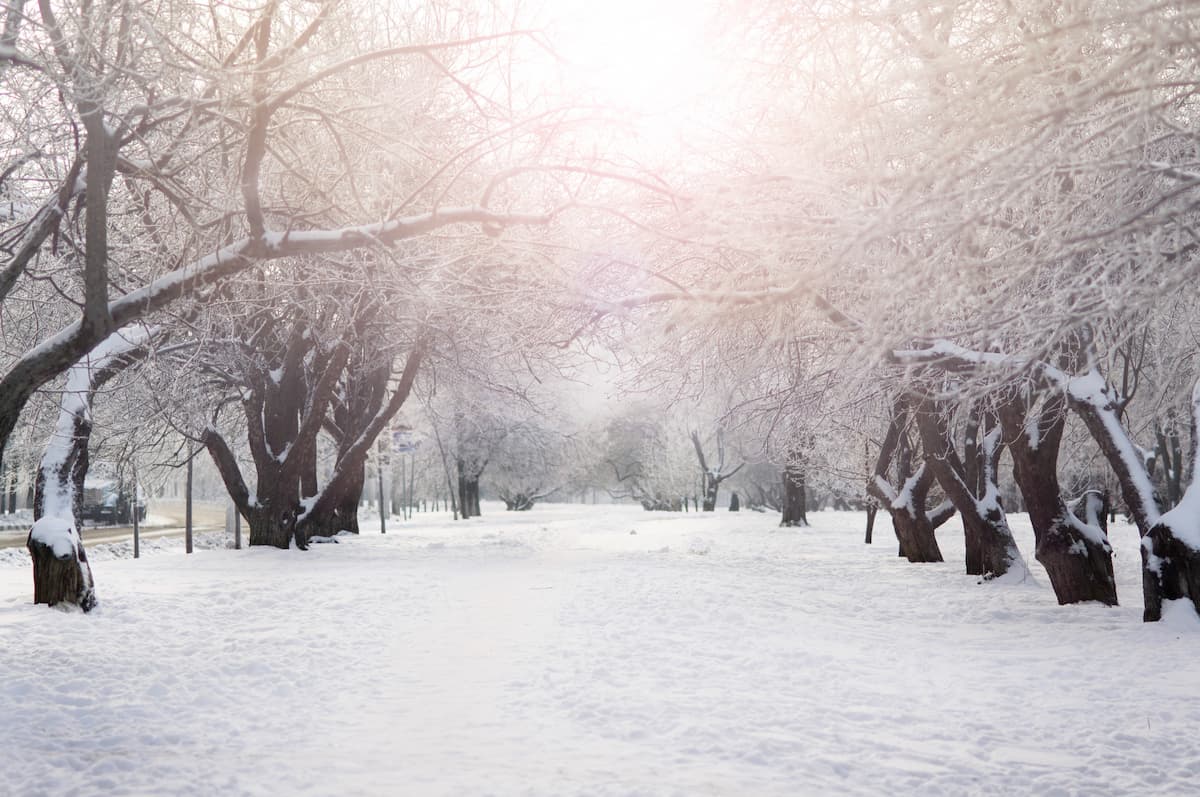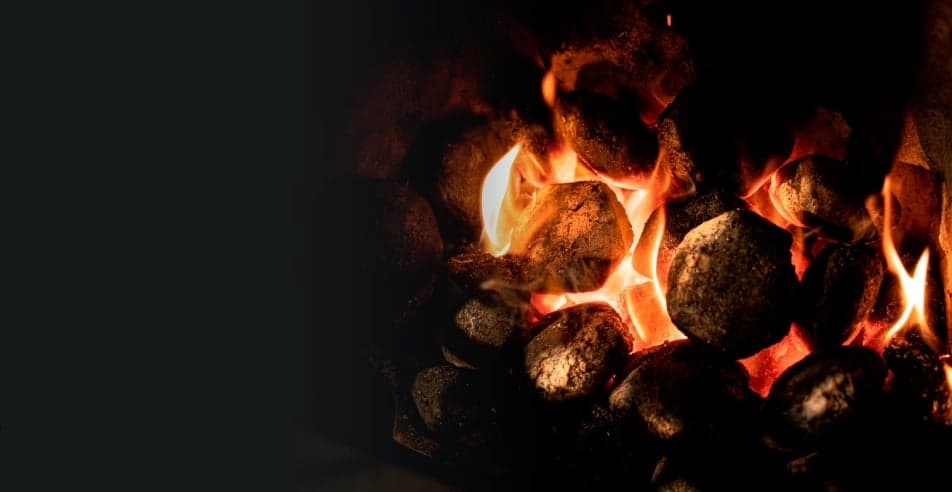Composers are particularly adept at portraying the weather in music, the most obvious example being Vivaldi’s Four Seasons, with its summer breezes, autumn gales and icy cold.
The piano is a versatile vehicle to create atmospheric, evocative music, from Chopin’s persistent raindrops (Prelude Op 28, No 15) to Peteris Vasks’ frozen, snow-covered landscape, and so much more….

© Andrey Bond/Unsplash
Here is a selection of pieces which evoke the winter weather, snowy landscapes, the warmth of indoors and the joy of winter-tide, festive celebrations.
Claude Debussy and Kenneth Leighton conjure up the fragile delicacy of snowflakes in ‘The Snow is Dancing‘ and ‘Snowflakes’ respectively, both works using soft yet focused repeated notes to suggest swirling “dancing” snow. Debussy’s piece in particular also depicts a certain mood on seeing the snow falling, and the main theme is rather melancholy, as if a child is watching the snow from indoors.
Claude Debussy: Children’s Corner – IV. The Snow is Dancing (Víkingur Ólafsson, piano)
Kenneth Leighton: Winter Scenes – VI. Snowflakes (Margaret Fingerhut, piano)

© Eberhard Grossgasteiger/Unsplash
Debussy’s other “snow piece”, ‘Des pas sur la neige’ (Footsteps in the Snow), suggests a white landscape after the snow has settled, and the slow, “trudging” tempo and parallel harmonies create an almost hypnotic atmosphere. Contemporary Latvian composer Peteris Vasks creates a similar ambience in his minimalist piece ‘Balta ainava’ (White Scenery), whose two simple themes – undulating quavers and chords – suggest the austerity and stillness of a vast frozen landscape where everything is white and the trees are bare of leaves. The composer describes it as “a quiet meditation”.
Peteris Vasks: Gadalaiki (The Seasons) – No. 1. Baltā ainava (White Scenery) (Reinis Zariņš, piano)
Peter Sculthorpe’s ‘Snow’ from ‘Night Pieces’ also recreates the stillness of a winter landscape through the careful placement of a limited selection of notes.
Peter Sculthorpe: Night Pieces – No. 1 Snow (Elena Riu, piano)
Chopin and Liszt are more concerned with unsettled winter weather in the ‘Winter Wind’ Etude and ‘Chasse Neige’ respectively – works which conjure up visions of fierce winds and whipped-up snow through rapid swirling scales and arpeggios.
Frédéric Chopin: Etude No. 23 in A Minor, Op. 25, No. 11, “Winter Wind” (Idil Biret, piano)
Franz Liszt: 12 Études d’exécution transcendante, S139/R2b – No. 12 in B-Flat Minor, “Chasse-neige” (Alim Beisembayev, piano)

Taking refuge from winter winds and swirling snow, both Tchaikovsky and Debussy find warmth beside the fire.
Claude Debussy: Les soirs illuminés par l’ardeur du charbon (Evenings Lit by the Burning Coals) (Ralph van Raat, piano)
Pyotr Ilyich Tchaikovsky: Les saisons (The Seasons), Op. 37a – I. January: By the Fireside

While Liszt’s suite ‘Weihnachtsbaum’ (Christmas Tree), first performed on Christmas Day in 1881, celebrates the festive season through carols, the excitement of children and the recollections of adults.
Franz Liszt: Weihnachtsbaum, S613/R307 – III. Die Hirten an der Krippe (The Shepherds at the Manger) (Erzsebet Tusa, piano; Istvan Lantos, piano)
Franz Liszt: Weihnachtsbaum, S613/R307 – V. Scherzoso: Man zundet die Kerzen des Baumes an (Lighting the Tree) (Erzsebet Tusa, piano; Istvan Lantos, piano)
In Messiaen’s ‘Vingt regards sur l’enfant Jesus’, which on one level is a meditation on the Christmas story, the movement entitled ‘Noel’ (Christmas) pours forth with joyful ecstasy, complete with chiming bells and exotic, jazzy rhythms.
Olivier Messiaen: 20 Regards sur l’Enfant-Jesus – No. 13 Noel (Pierre-Laurent Aimard, piano)
For more of the best in classical music, sign up for our E-Newsletter


